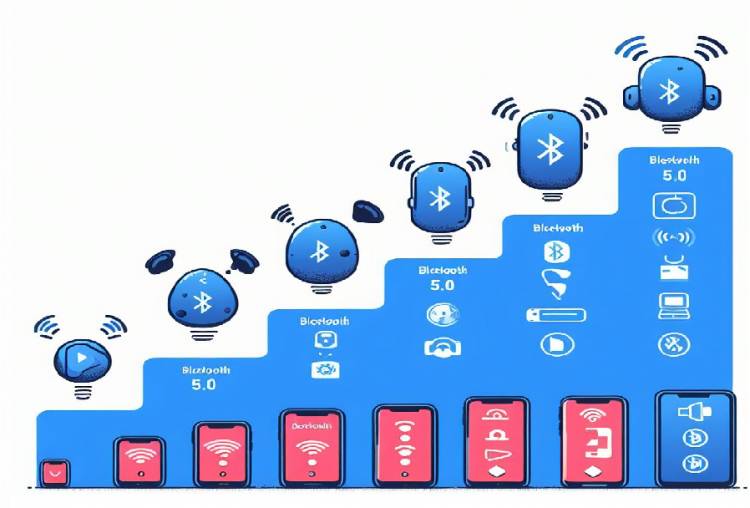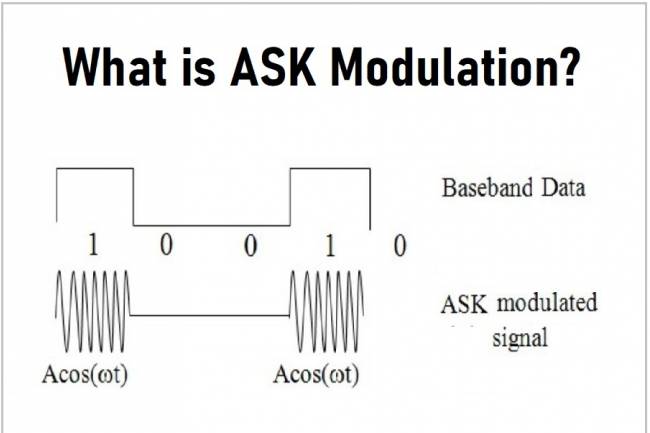
Evolution of Bluetooth Technology: Versions After Bluetooth 5.0
Bluetooth has become an ever-evolving standard in the field of wireless communication technologies. Versions after Bluetooth 5.0 have introduced a number of innovations to make communication between devices faster, secure and energy efficient.
Bluetooth 5.0:
This version supported stronger and longer range communication with LE 2 Mbps co-located link, LE Long Range. Additionally, it has improved transmission quality with features such as LE Channel Selection Algorithm and Slot Availability Mask (SAM).
Bluetooth 5.1:
This release introduced the ability to improve synchronization of devices with Periodic Advertising (PAwR). It also increased security across devices by using encrypted ad data. At the same time, the LE GATT Security Levels Characteristic improved security levels between devices, making data transmission more secure. The choice of advertising encoding allowed for better recognition of the devices.
Bluetooth 5.2:
This version introduced audio support with low power consumption via Bluetooth Low Energy Audio. It also supported features such as Simultaneous Channels and a new LC3 codec, allowing audio sharing and streaming via Bluetooth LE Audio. LE Power Control helped automatically adjust transmitter power levels based on the receiver's signal level.
Bluetooth 5.3:
This version improved LE reliability when communicating with remote devices. It also made encryption key length negotiation easier and offered support for faster connection speeds.
Bluetooth 5.4:
Periodic Advertising with Responses (PAwR) - Improves synchronization of devices.
Encrypted Advertising Data - Increases security between devices with data encryption.
LE GATT Security Levels Characteristic - Improves security levels between devices.
Advertising Encoding Selection - Increases security across devices with improved device identification.
LE reliability when communicating with remote devices.
Encryption key length negotiation.
LE's handling of periodic advertising.
Support for faster connection speeds.
As a result, Bluetooth standards continue to constantly evolve and new versions are designed to provide greater security, speed and efficiency in wireless communications. These advances are helping IoT (Internet of Things) devices, smartphones, and other wireless technologies work better.























